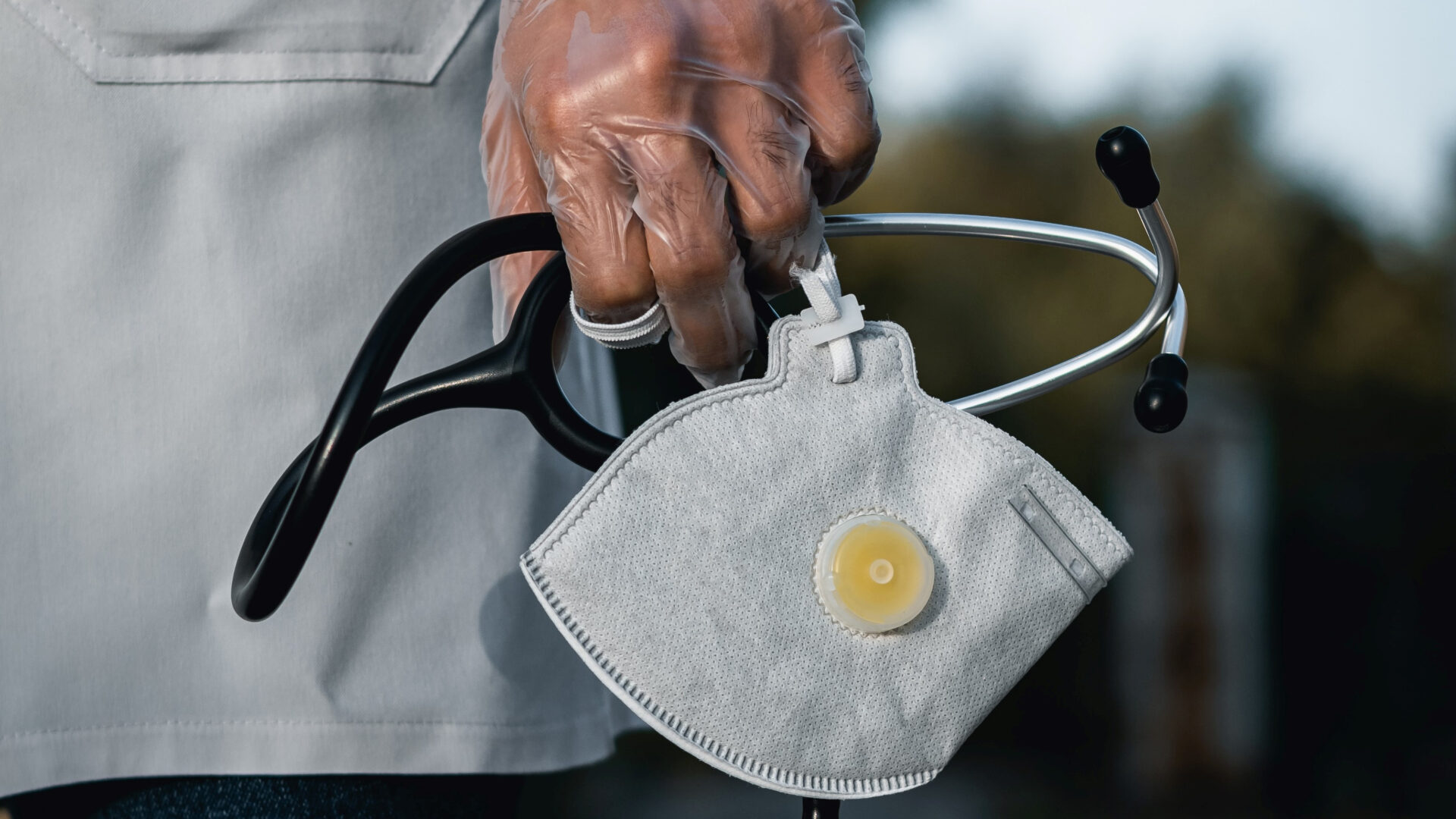
Shortages of Medical Protective Equipment
With the rapid and worldwide spread of the coronavirus in recent weeks, the risk of overburdening the health care system is increasing worldwide. Many countries have taken drastic measures to slow down transmission rates and above all to protect the health of medical staff. This has drastically increased the demand for medical protective equipment and led to severe shortages of protective garments, gloves, face shields and spectacles and visors.
Unintended effects
Export restrictions are not the right policy response in the light of the urgently needed global cooperation in the supply of critical medical goods. The danger lies in the unintended effects of such actions, which lead to an overall worse outcome for all actors. Due to the closely interwoven value chains and distribution networks for medical and personal protective equipment in Europe (and worldwide), any export restriction imposed by one country to protect its own supply affects the security of supply in other countries and runs the risk of leading to a spiral of export restrictions in more and more countries without solving the problem of reduced supply. Sinabell (2020) has already pointed out the parallels between the current situation and the export restrictions on food during the commodity price peaks of 2006-2008. A further aspect comes into play in the corona crisis: export restrictions on medical goods reduce the ability to contain the pandemic in other countries. Beggar-thy-neighbour policies, thus become sick-thy-neighbour policies (Evenett, 2020). It prevents the necessary medical protective equipment and devices from reaching the places where they are most needed in the fight against the now global pandemic. The virus is a global challenge that can only be solved together.
Export restrictions additionally carry the risk of fuelling protectionism limiting access to necessary imports, as well as further weakening mutual trust between countries. Even more so when export restrictions also apply to intermediate products in the production of other important medical goods such as ventilators, patient monitors, X-ray equipment, etc. Disruption of supply chains may evolve unintentionally, but also deliberately, because any trade restriction also carries the risk of retaliatory export restrictions, especially in the light of already smouldering trade conflicts, such as those between the EU and the USA. Extensive supply chains for medicines and medical equipment make virtually every country vulnerable to retaliation (Evenett, 2020). The USA are an important supplier of medical products for EU countries, not so much in terms of the protective equipment, but for other important medical devices such as ventilators, patient monitors, CT systems, ultrasonic scanning apparatus.
Bown (2020) has already pointed out and described the short-sightedness of the EU export restrictions due to the EU's dependence on imports of important medical goods from the Extra-EU area. A share of about 40 percent of the EU imports of protective equipment that is also subject to authorisation for export originates from Extra-EU-EFTA countries. The corresponding share of other important medical products fighting the corona virus not yet covered by the current EU regulation also reaches 40 percent.
Austria imported about 17 percent of protective medical devices from outside the EU and EFTA region. Austrian imports of other critical medical equipment from Extra-EU-EFTA countries amounted to a share of about 25 percent of the total imports of these products. Austria's direct dependence on Extra-EU-EFTA imports is thus lower than the EU average, but indirect deliveries from Extra-EU-EFTA countries via other EU countries, in particular via Germany as an important distribution centre, represent a significant part of Austria's total imports. Austria is therefore also vulnerable to export restrictions imposed by non-European countries.
Production expansion as well as global cooperation and coordination to overcome supply bottlenecks
The current crisis requires cooperation and coordination within the EU and the rest of the world. The WHO has already appealed to governments to lift export restrictions and increase global production of protective equipment by 40 percent (WHO, 2020).
Moving all production to Europe as a response to current shortages in the wake of the crisis, would also be short-sighted, as European production sites could also become hotspots of the corona pandemic and be forced to production shut-downs. The possibility to source imports from different countries also has advantages. Trade policy could play a positive role in further reducing remaining EU tariffs on affected medical equipment to facilitate access to global supplies of medical products. For personal protective equipment, EU import tariffs to key suppliers who have not concluded a free trade agreement with the EU, such as China or the USA, average 9 percent. They are highest for protective clothing (11.4 percent), followed by gloves and face shields (5.5 percent each) and mouth and nose protection (4.2 percent). Import duties for other medical equipment are already low.
Some steps have already been taken by the European Commission to promote imports and to support the production of necessary medical equipment by existing manufacturers or via alternative routes, such as setting up new production lines at textile and shoe manufacturers. These include the release of and free access to EU standards for such medical devices, making it easier for companies from EU member countries and third countries to switch production to the products they now need and supply them to affected countries (Availability of EU standards, 20 March 2020). In addition, a recommendation (Recommendation (EU) 2020/4039) has been drafted to speed up conformity assessment procedures and market surveillance of these products in the EU.
References
Bown, C. P., EU limits on medical gear exports put poor countries and Europeans at risk, Peterson Institute of International Economics (PIIE), Blogs, Trade and Investment Policy Watch, 19 March 2020, https://www.piie.com/blogs/trade-and-investment-policy-watch/eu-limits-medical-gear-exports-put-poor-countries-and.
Evenett, S., Sickening thy neighbour: Export restraints on medical supplies during a pandemic, VoxEU, 19 March 2020, https://voxeu.org/article/export-restraints-medical-supplies-during-pandemic.
Global Trade Alert, Tackling Coronavirus. The trade policy dimension, University of St. Gallen, 2020, https://www.globaltradealert.org/reports/50.
Sinabell, F., Agricultural Goods: Export Restrictions Could Cause Enormous Damage, News, 25 March 2020.
WHO, Shortage of personal protective equipment endangering health workers worldwide, News Release, 3 March 2020, https://www.who.int/news-room/detail/03-03-2020-shortage-of-personal-protective-equipment-endangering-health-workers-worldwide.
























